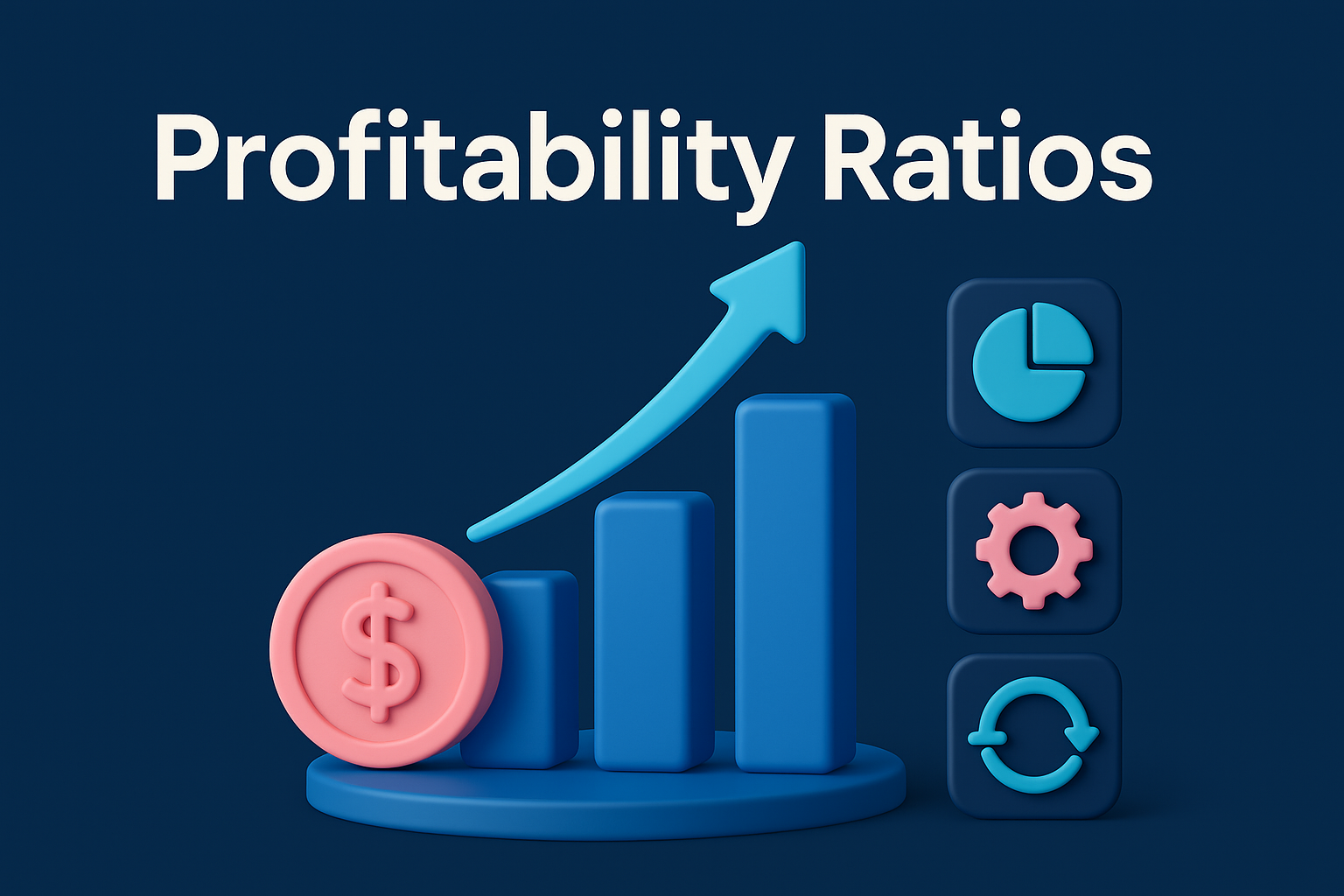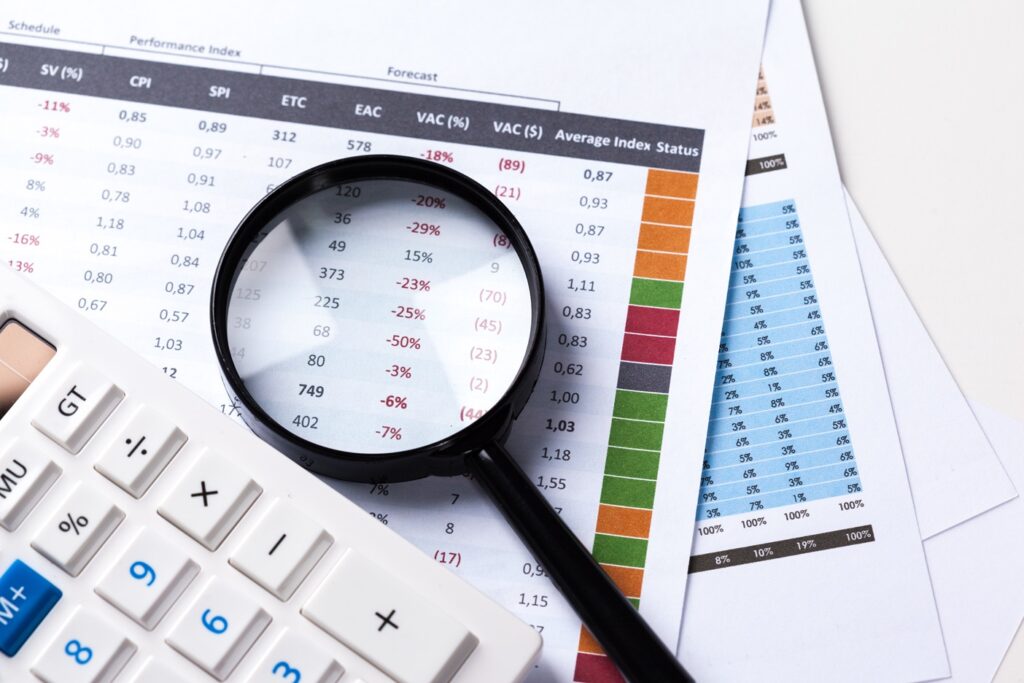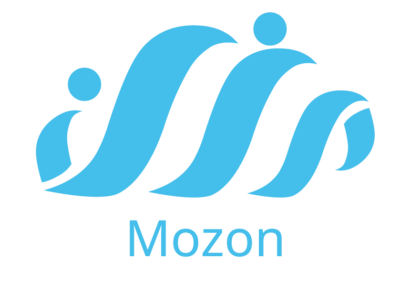Introduction
In the modern business landscape, success is not simply about offering a product or a service. It relies on an integrated ecosystem of processes working in harmony to deliver value, efficiency, and competitiveness. Among the most critical of these processes are three interconnected pillars: Warehouse Management, Sales Management, and Purchasing Management.
These functions are more than traditional administrative tasks. They represent the operational backbone of organizations, shaping profitability, scalability, and resilience. In this comprehensive article, we explore each of these three pillars, highlighting their importance, key practices, challenges, and the transformational role of ERP systems—focusing on how Mozon Resource Planning can empower businesses to achieve sustainable growth.
First: Warehouse Management
1. Understanding Warehouse Management
Warehouse management covers the full lifecycle of goods storage and movement—receiving, storing, tracking, and dispatching. It ensures materials are available in the right place, in the right quantity, and at the right time. Effective warehouse management bridges the gap between purchasing and sales, acting as the control tower of supply chains.
2. Item Tree and Classification
-
Building a hierarchical structure of items and materials.
-
Facilitating fast search and reporting.
-
Preventing duplication of entries.
-
Enabling more accurate cost and stock tracking.
3. Managing Material Attributes
Every material has unique properties: weight, size, expiry date, origin, or supplier. A modern warehouse system should capture and adapt these dynamically based on industry needs (e.g., pharmaceuticals, food, manufacturing).
4. Inventory Methods
-
Periodic Inventory: physical counts at defined intervals.
-
Perpetual Inventory: continuous updates after each transaction.
-
Cycle Counting: spot checks on selected items for ongoing accuracy.
5. Free Zone Warehouses
Businesses operating in free zones require strict tracking to comply with customs and regulatory frameworks. Systems must:
-
Record all inbound and outbound movements.
-
Generate compliance-ready reports.
-
Maintain visibility of quantities in free zone locations.
6. Costing Methods
-
FIFO (First In, First Out).
-
LIFO (Last In, First Out).
-
Weighted Average.
-
Actual Costing.
7. Benefits of Warehouse Management
-
Reduce waste, damage, and losses.
-
Maximize utilization of warehouse space.
-
Provide accurate data for forecasting and planning.
-
Increase cost transparency across supply chains.
Second: Sales Management
1. Defining Sales Management
Sales management is the engine that converts inventory into revenue. Its scope extends beyond issuing invoices, encompassing the full sales cycle: opportunity identification, order management, fulfillment, customer relations, and collection.
2. Sales Operations Management
-
Integration with inventory systems.
-
Real-time monitoring of sales targets.
-
Enhanced visibility into sales representatives’ performance.
3. Customer Data Management
A unified customer database includes:
-
Contact and demographic information.
-
Purchase history.
-
Credit and payment terms.
-
Receivables and outstanding balances.
4. Branch and POS Integration
Modern businesses operate across multiple branches and sales points. Effective systems:
-
Centralize data from branches and POS terminals.
-
Deliver consolidated, real-time reports.
5. Order Collection and Tracking
-
Digital entry of customer orders.
-
Status tracking from order creation to delivery.
-
Reduced errors and faster fulfillment.
6. Sales Representative Management
-
Performance tracking and KPI monitoring.
-
Target vs. achievement comparison.
-
Automated commission calculation.
7. Quotation Management
-
Generating professional quotations linked to live inventory.
-
Converting quotations directly into orders or invoices.
8. Cash and Credit Sales
-
Cash Sales: instant recording and collection.
-
Credit Sales: managing receivables and due dates.
9. Benefits of Sales Management
-
Stronger revenue growth.
-
Improved customer satisfaction.
-
Data-driven marketing strategies.
-
Clearer visibility into market trends.
Third: Purchasing Management
1. Definition of Purchasing Management
Purchasing is the strategic process of acquiring the materials, goods, and services an organization needs at the right time, cost, and quality. Its efficiency directly impacts profitability and business continuity.
2. Invoicing and Returns
-
Issuing purchase orders.
-
Recording and linking supplier invoices.
-
Managing returns seamlessly.
3. External Orders and Imports
-
Tracking international shipments.
-
Calculating customs duties, tariffs, and insurance.
-
Managing all supporting documentation.
4. Full Purchasing Cycle
-
From internal request to supplier selection and receipt.
-
Approval workflows with clear accountability.
-
Price comparison and supplier negotiation.
5. Supplier Data Management
-
Comprehensive supplier profiles.
-
Ongoing performance evaluation.
-
Stronger supplier collaboration and partnerships.
6. Import Costing
-
Calculating landed costs including freight, insurance, customs.
-
Allocating indirect costs accurately.
-
Supporting precise product pricing strategies.
7. Benefits of Purchasing Management
-
Reduced procurement costs.
-
Reliable supply for production and operations.
-
Strong supplier relationships.
-
Improved efficiency and transparency.
Integration of Warehouses, Sales, and Purchasing
The three pillars form an interconnected ecosystem:
-
Warehouses ↔ Sales: every sale automatically adjusts inventory.
-
Warehouses ↔ Purchasing: every purchase replenishes stock.
-
Sales ↔ Purchasing: sales analytics drive purchasing decisions.
This integration ensures seamless supply chains, better planning, and informed decision-making.
Challenges Facing Organizations
-
Disconnected Systems: isolated processes cause errors and inefficiencies.
-
Cost Management: especially in international procurement.
-
Data Accuracy and Speed: demand for real-time reporting and analytics.
The ERP Solution
Enterprise Resource Planning (ERP) systems bring warehouses, sales, and purchasing into one unified platform. ERP systems enhance:
-
Transparency across operations.
-
Efficiency in execution.
-
Strategic decision-making based on real-time data.
Mozon Resource Planning – An Integrated Approach
A leading example is Mozon Resource Planning, which delivers:
-
Warehouse Management: item hierarchies, flexible costing, multiple inventory methods, and compliance for free zones.
-
Sales Management: complete sales cycles from customer data to order collection, quotations, and performance tracking.
-
Purchasing Management: supplier profiles, imports, costing, and full procurement cycles.
-
Analytics and Reporting: real-time dashboards and business intelligence for decision-makers.
By adopting Mozon ERP, organizations move beyond basic administration into a new era of operational excellence—where efficiency, transparency, and competitiveness are embedded into everyday workflows.
Conclusion
Warehouse, sales, and purchasing management are strategic functions that shape the foundation of organizational success. When integrated and supported by ERP solutions such as Mozon Resource Planning, these pillars become a source of competitive advantage, enabling organizations to grow, adapt, and lead in rapidly changing markets.
The choice is clear: investing in integrated systems is not just about streamlining operations—it’s about building a future-ready business capable of sustainable growth.





